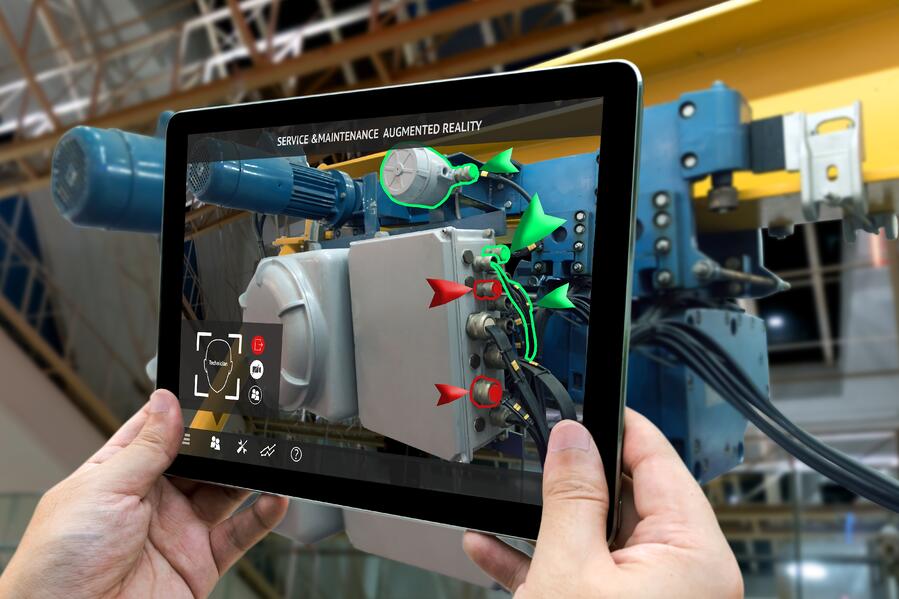Augmented reality allows shapes, text, or figures to be superimposed on an image through a camera device instantly or live. Depending on the application and the device with which the augmented reality is made, instructions associated directly with the image collected by the device may be superimposed.

In visual inspections for predictive maintenance, augmented reality is used to provide instructions and procedures to the inspector from a video tutorial deployed on the asset to be analyzed. These instructions can be:
- Mark the inspection points.
- Display the faults to be inspected at an inspection point.
- Point out parameter indicators on-site (manometers, flowmeters, measurement screens).
- Show a path.
- Show a source of occupational risk.
These instructions or indications can be displayed automatically or through remote assistance.
To display instructions automatically, an object recognition algorithm must be used, where the points to be shown are previously indicated. Thus, when the inspector focuses on the asset with the camera of the tablet or cell phone, the application recognizes the object and displays the instructions on the asset to be inspected.
The instructions with remote assistance consist in that the inspector, when focusing on the asset with the camera of her tablet or cell phone, shows another person in another place the image of the asset. This other person can interact in real-time with the image, indicating, drawing, or displaying instructions that will be seen immediately by the inspector. This allows remote assistance and avoids the travel of specialized personnel.
